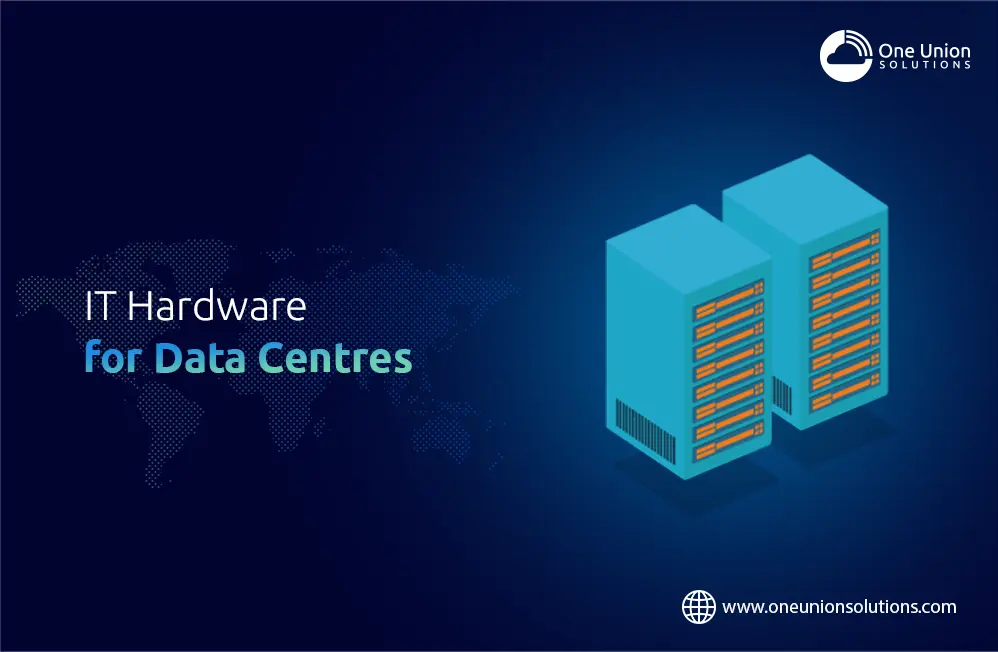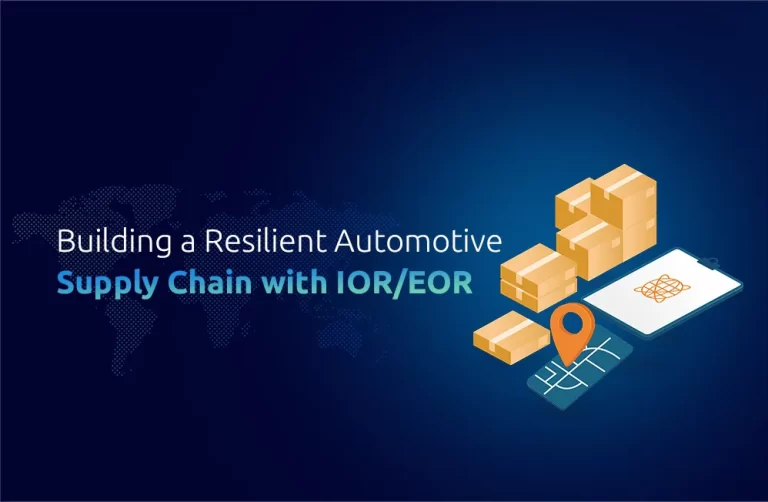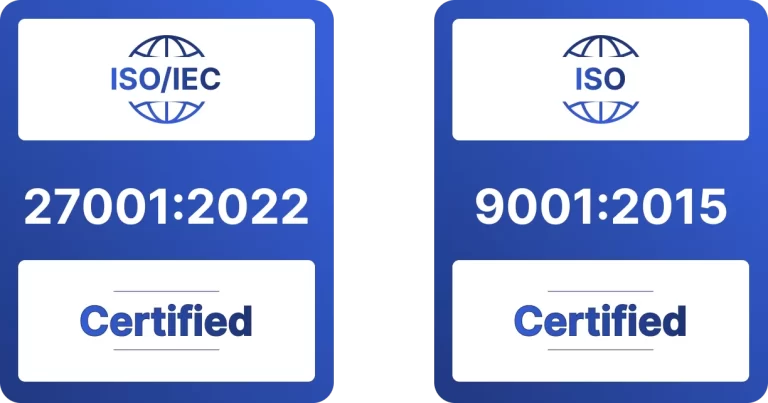These days, the origin of network traffic frequently doesn’t matter since it might originate anywhere in the globe thanks to virtual networking, hosting sites, and worldwide commerce.
Due to developments in technology, it is now feasible to establish an office in Sydney, Australia, while keeping all of your servers in the United States. We are witnessing a transition from cloud into edge and convergent technologies, moving the data center solutions into a hybrid position. As a result, co-location services become more desirable and pocket-friendly.
The industry of constructing and operating data centers is booming and developing quickly. Data centers are increasingly being built in remote locations, emerging markets in Asia and South America, and highly isolated cold regions for liquid-based cooling to help with the environment and operational costs. Previously, data centers exploded in large, secure buildings housing thousands of servers in the middle of cities.
There is little doubt that the need for data center space, hosting services, and security solutions will continue to rise for the foreseeable future. Perhaps even quantum computing and AI will emerge in the mainstream business world.
Challenges
Hardware technologies, including massive servers to firewalls, routers, switches, and more, must be brought into the data center site for its construction, continuing maintenance, and expansion.
Since many data centers are “dark sites,” where few people actually work because technology is maintained off-site or the data center is not a registered entity, complying with trade compliance requirements for the restricted technology can be challenging. There isn’t anyone there to fill out import paperwork, and there isn’t a legal entity to serve as the importer of record.
Caught in the crossfire: the IT hardware industry
53% of electronics hardware sector professionals surveyed said they had to postpone or cancel product releases as a result of supply chain problems, and 37% said they saw a significant increase in component prices.
When it comes to losses from chip scarcity, the IT hardware business has taken the worst hit. Components for flash drives and other forms of memory have grown more challenging to get. Everything from servers to ethernet switches to electrical grids was impacted.
Many of the world’s semiconductors come from only a few Asian nations. Trade conflicts and unusually severe weather are just two of the problems these nations have to deal with. The IT hardware industry has been stifled as a result of this. These parts often pass via many different warehouses. It isn’t easy to monitor their whereabouts and track their progress. This raises the possibility of production flaws and counterfeiting. Industry leaders seek to handle these difficulties by utilizing ‘nearshoring’ or localized sourcing. They need to make sure they have sufficient safety stock to deal with supply chain interruptions in the future.
Problems in the data center supply chain: how can they be resolved?
The question then becomes, what can data center operators do today to alleviate some of their supply woes? For one, as Riverstone Technology suggests, you don’t have to unthinkingly assume that new hardware is required for every upgrade or replacement.
Recertified hardware is readily accessible and doesn’t need a global supply chain to reach you. Recertified hardware often offers lower return and failure rates and a more extended warranty than the typical three months for new equipment. When a piece of hardware is recertified, it undergoes the same stringent testing and inspection as brand-new hardware, including the replacement of any problematic components and a thorough cleaning.
To resolve supply chain challenges in the data center industry, operators can adopt several strategies. Nearshoring and localized sourcing help reduce dependency on distant suppliers, while maintaining safe stock ensures continuity during disruptions. Utilizing recertified hardware provides a cost-effective and readily available alternative to new equipment, minimizing delays. Enhancing supply chain visibility through better tracking reduces the risks of counterfeiting and lost shipments. Additionally, diversifying suppliers across different regions decreases reliance on a single market, mitigating risks from trade conflicts or shortages. By implementing these measures, data center operators can strengthen resilience, lower costs, and maintain a stable hardware supply.
Why Choose One Union Solutions for IOR Service?
One Union Solutions is the ideal choice for Importer of Record (IOR) services because of its expertise in global trade compliance, seamless logistics management, and extensive knowledge of regulations like HS code classification, HTS code requirements, and GSP eligibility. With a strong understanding of Incoterm agreements such as DAP, One Union Solutions ensures smooth customs clearance and minimizes delays in international shipments. Their reliable IOR services help businesses navigate complex trade regulations, manage import taxes efficiently, and remain compliant with global trade laws, making cross-border transactions hassle-free and cost-effective.
Conclusion
The data center industry is rapidly evolving with increasing demand and global expansion. However, supply chain challenges, semiconductor shortages, and compliance issues create obstacles. To address these, companies are turning to nearshoring, localized sourcing, and recertified hardware as cost-effective, reliable alternatives. Balancing innovation with practical solutions will be key to sustaining data center growth.
The data center business can assist in fixing the supply chain by “thinking globally but acting locally,” a strategy that has proven effective in solving many other intractable challenges facing the globe today.










